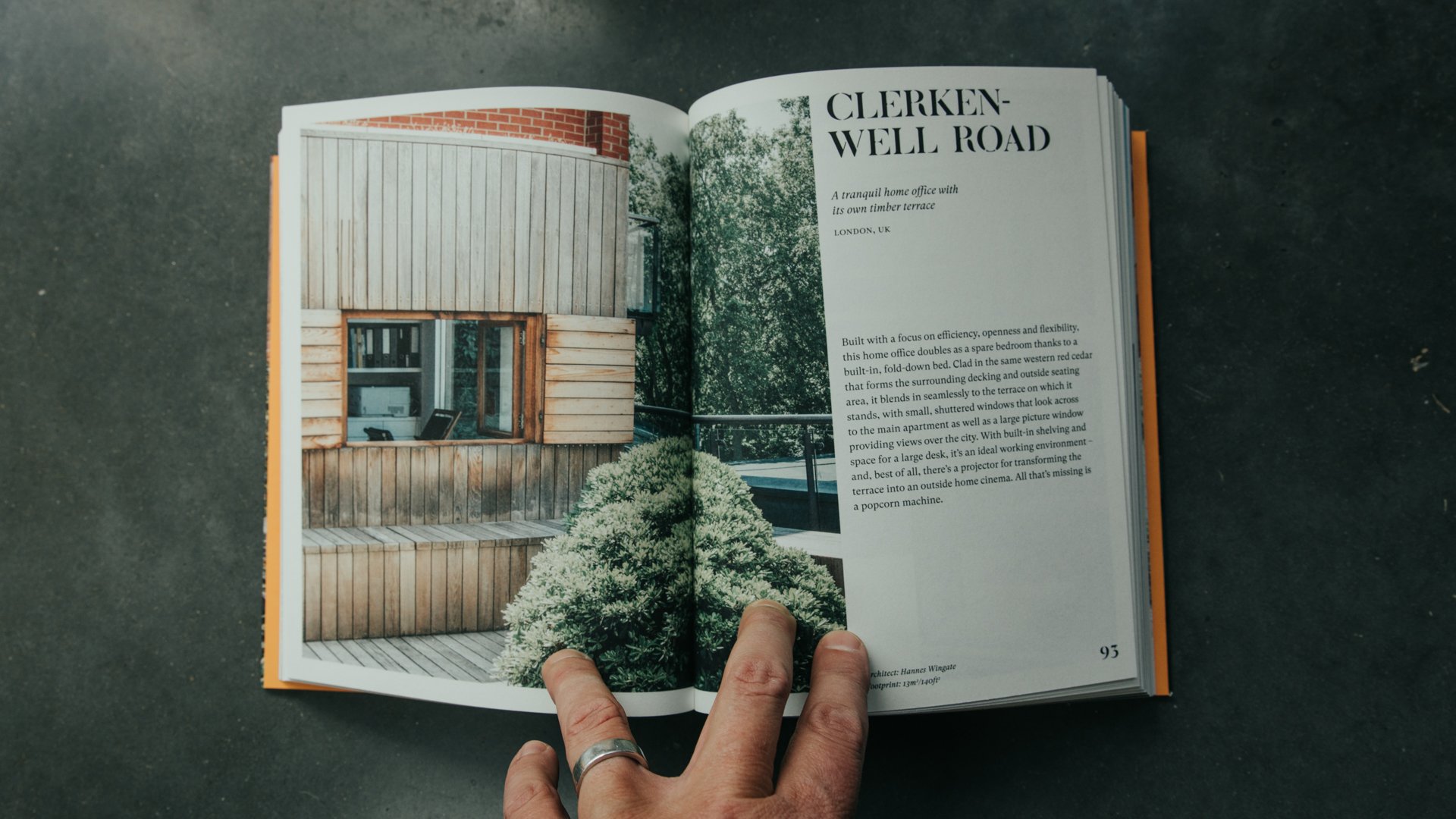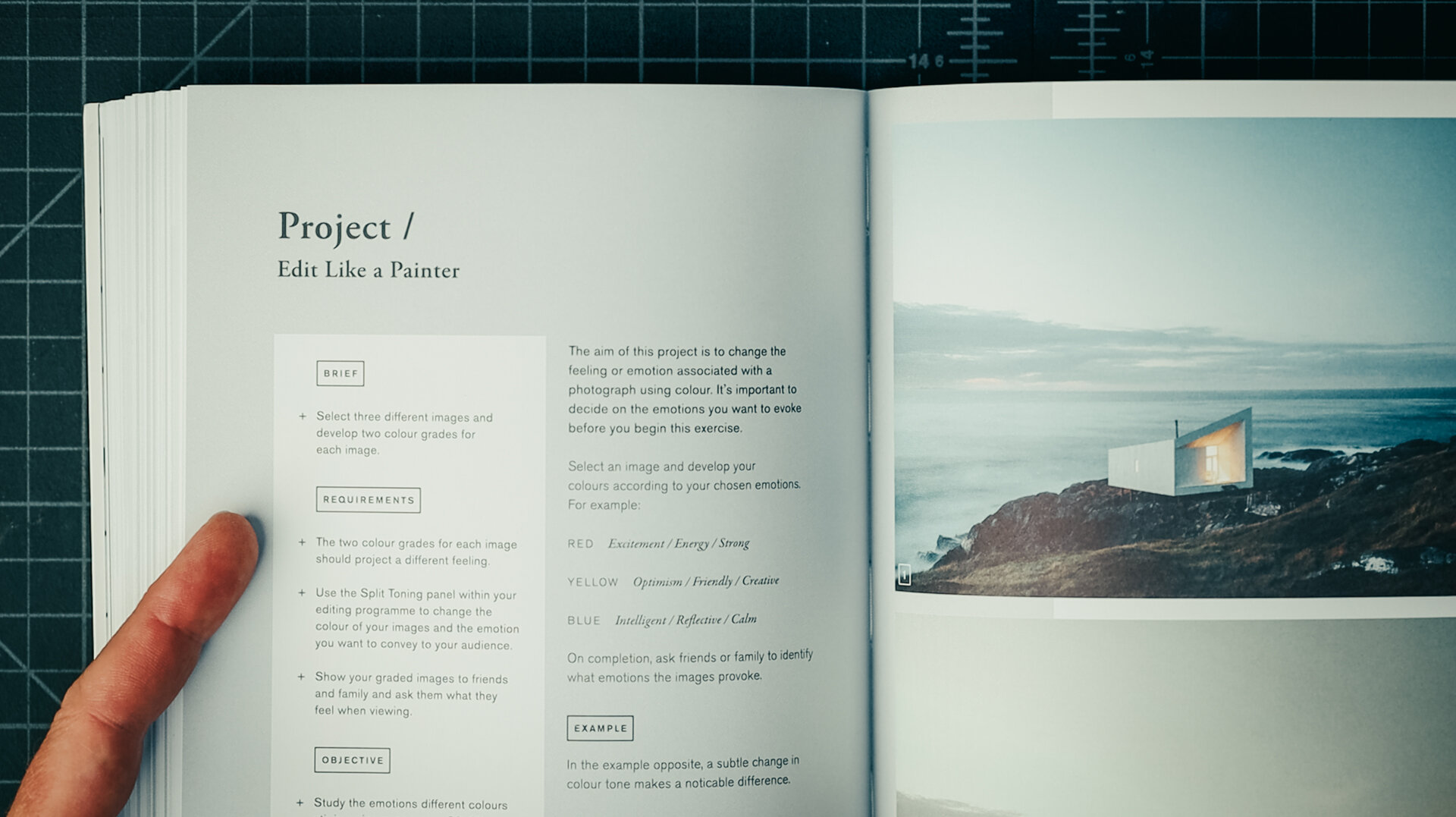The global pandemic forced us all to reconsider the what it meant to “work from home.” Small spaces, undifferentiated for work, required us to reappropriate parts of our homes typically used for relaxation and refuge. Without visual or aural separation; these problems compounded as a natural consequence of this abrupt shift in our daily routines. After 18 months, working from anywhere but home felt like a luxury.
I was fortunate to have a small studio in my ‘garden’ at the ready in early 2020. It proved essential for juggling two teens schooling from home, my wife managing a research lab remotely and all my usual business operations. Its true utility was measured in more than the added square footage; the separation from home was the real asset. Seventeen steps from our front door is a short commute by any measure, but that distance allowed it to serve as a retreat, a separate sleeping or, quarantine area, a quiet study space, a private meeting room, and occasionally, a place to practice a few - very loud - instruments!
My Studio “shed” is featured alongside dozens of others in a new book, “Work from Shed” by Hoxton Mini Press (2022, 250p). It’s an inspiring, beautifully curated collection of inventive solutions and repurposing of the humble garden shed (it’s also a carbon neutral book). If you’ve dreamed of kitting out your garden with a remote workspace, a rehearsal refuge, micro writing studio, or just to shorten your daily commute, I think you’ll find the rich variety of architectural follies + experiments in this book instructive and, a fitting guide to inspire the design of your very own shed.












